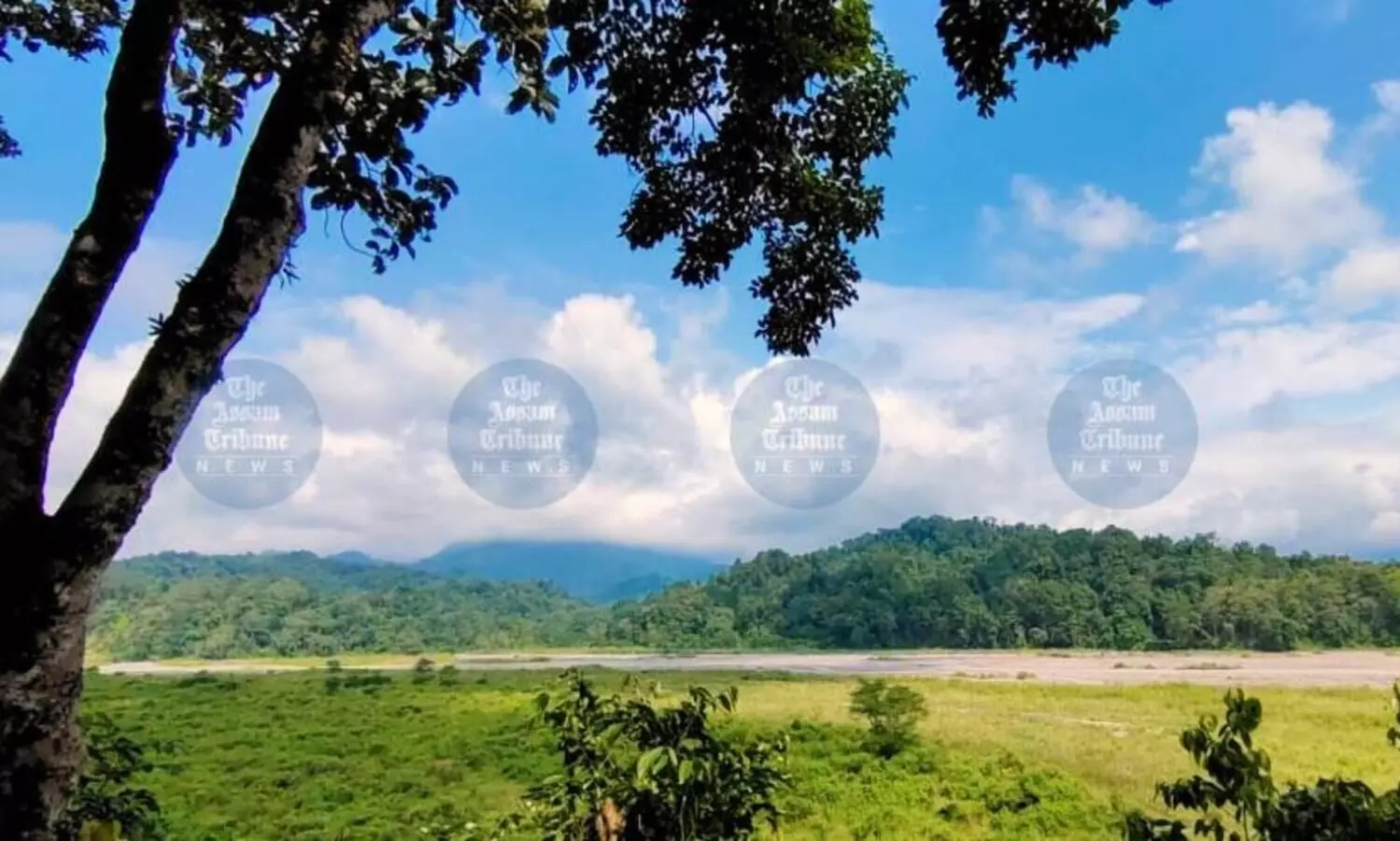Boundary errors in Raimona Park may invite future disputes with Bhutan: Experts
At some border points, the national park’s territory is seen even encroaching into Bhutan’s land;

Guwahati, July 21: Drawing the boundaries of the State’s newly created protected forests is often left as an erroneous exercise, leaving room for contentious border issues to crop up later.
A case in point is the boundary demarcation of Raimona National Park, the boundaries of which, as drawn in its official notification, are far from accurate, and experts feel those warrant rectification at the earliest to prevent unwarranted issues in the future.
A GPS scrutiny of the boundary points (BPs) of the newly created national park, which shares an international boundary with Bhutan, reveals a number of anomalies in boundary demarcation.
At some border points, the national park’s territory is seen even encroaching into Bhutan’s land – something that can trigger a contentious border dispute in the days ahead.
“The southern boundary from BP no. 1 on the right bank of the Sankosh river while running eastward till BP no. 17 has been shifted towards the north and does not align with the fireline no. 6. At many points, the BP of the stretch has been shifted towards the north by approximately 150 metres from the fireline no. 6,” sources told The Assam Tribune.
Again, the GPS latitude and longitude of BP no. 17 mentioned in the notification are not showing along the right bank of the Pekua river. The BP should further run eastward with approximately 150 metres till it reaches the right bank of the river as per toposheet and then make a 90-degree turn.
This calls for a reanalysis from BP 17 to BP 23, sources said.
Similar deviations are seen in many of the BPs, with BP no. 23 to BP no. 42 not aligning with the fireline ride no. 3 on the toposheet. The GPS locations mentioned in this stretch are showing a shift towards the north.
BP no. 42 on the southeast corner does not align with the right bank of the Saralbhanga river, which is the common forest boundary of Ripu Reserve Forest (RF) and Chirang RF.
The stretch of the Ripu RF boundary, which runs from north (international boundary) towards south along the right bank of the Saralbhanga river does not align with the boundary between Ripu RF and Chirang RF, with a pronounced eastward shift from the correct position.
The boundary point no 151 has not been mentioned in the notification along the international boundary between India and Bhutan. Another BP location (no. 119 GPS) is being shown in a mining area.
Experts wishing anonymity said that most of the boundary points mentioned in the notification do not match with expert analysis, and “it has been observed that some of the stretches of the northern boundary have been shifted towards the north and some of the BOPs are showing inside the territory of Bhutan.”
The absence of authentic boundary demarcation invariably hinders conservation, encouraging encroachment and border disputes.
“The absence of authentic boundaries in protected forests such as Dehing Patkai National Park and Behali Wildlife Sanctuary, which share borders with Arunachal Pradesh, has severely impacted conservation. This has facilitated encroachment from across the border, harming conservation of flora and fauna,” a Forest official said.
Unfortunately, both the Forest Department and the State Government have been treating such issues in a cavalier manner, even as cross-border encroachment continues to erode the prime forestland of Assam.

